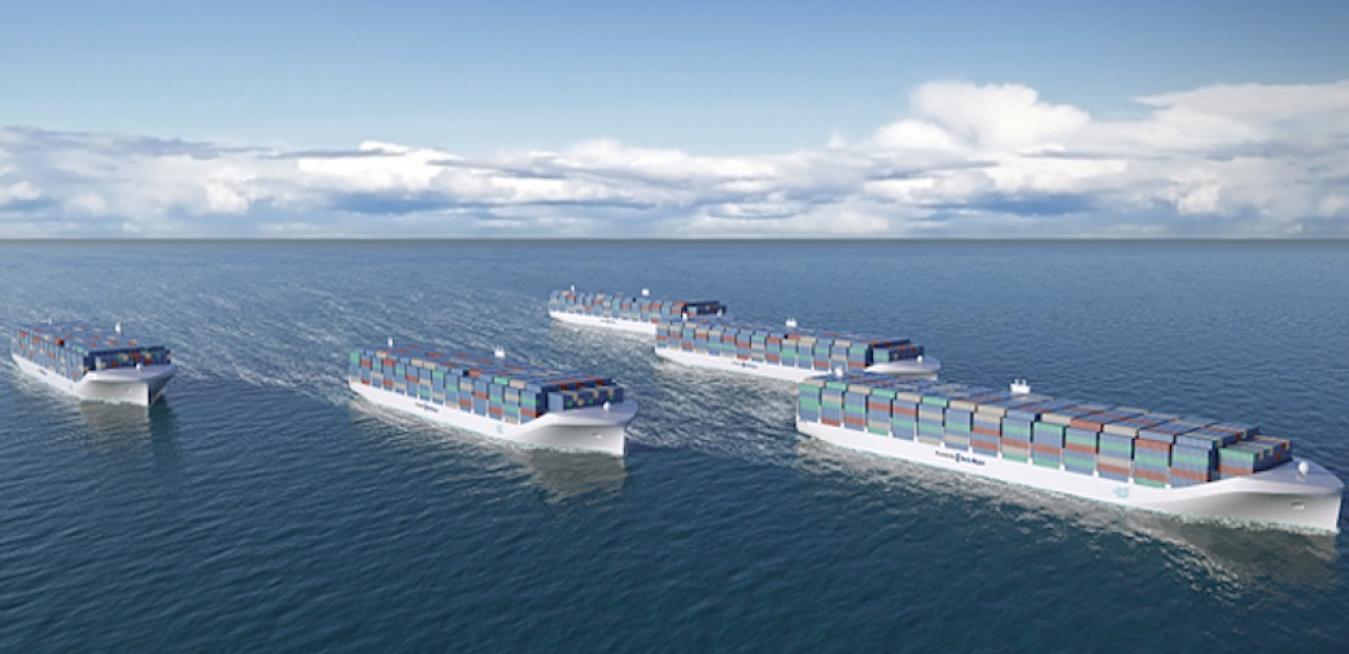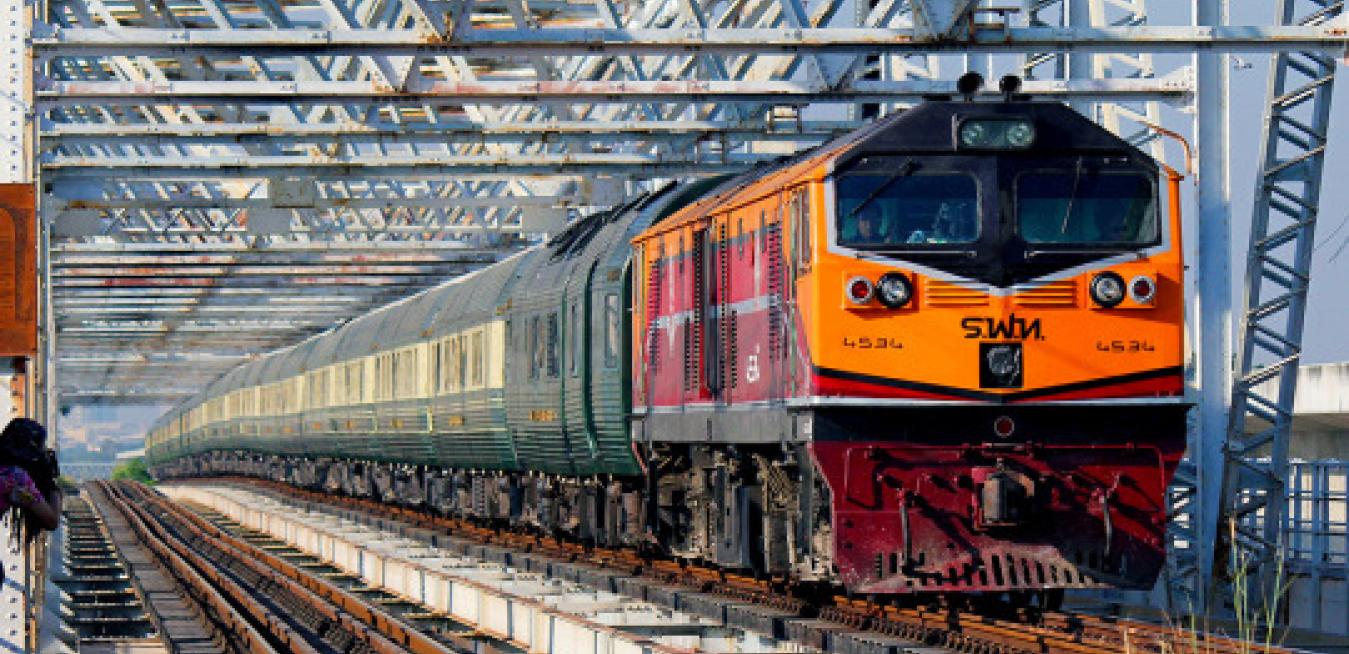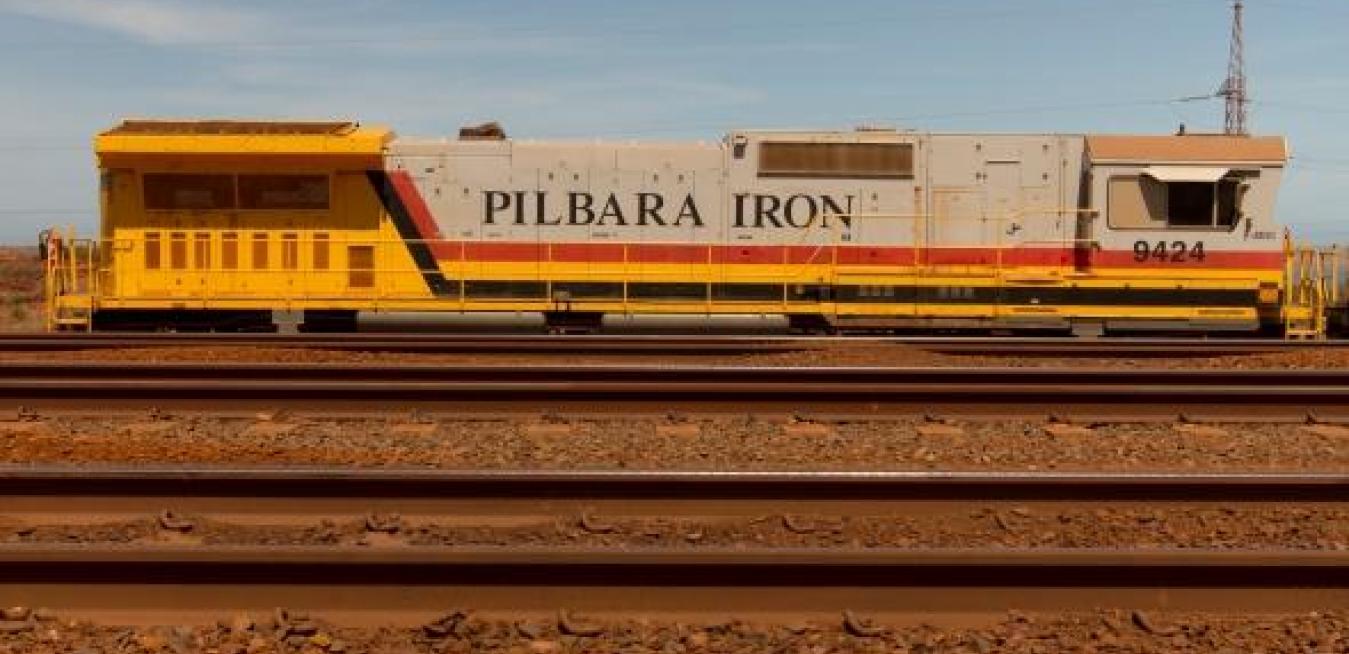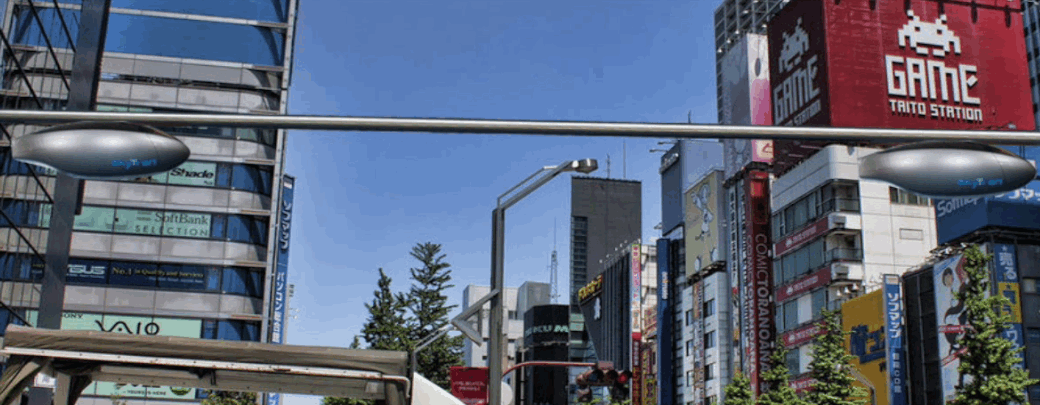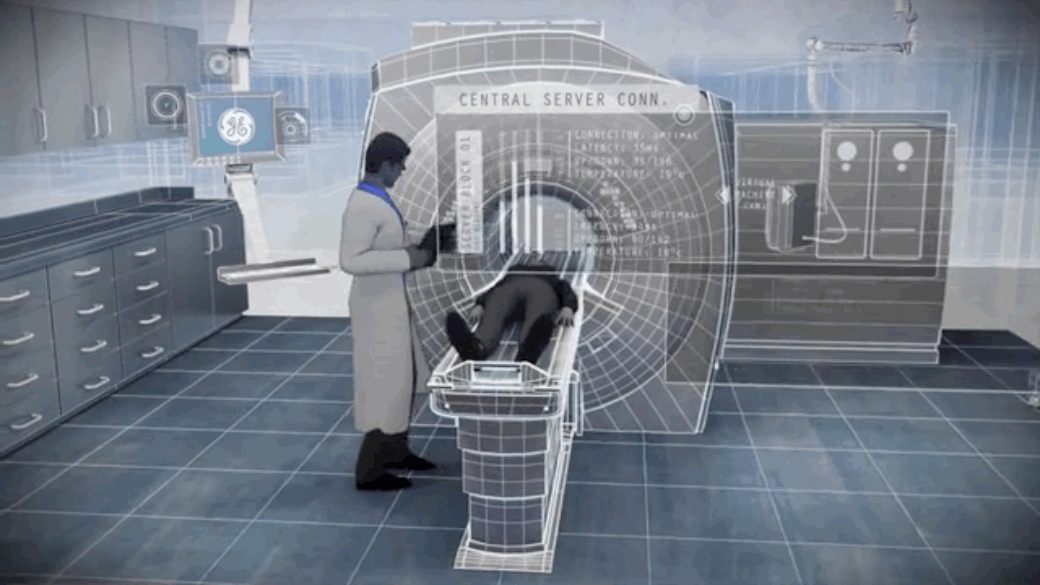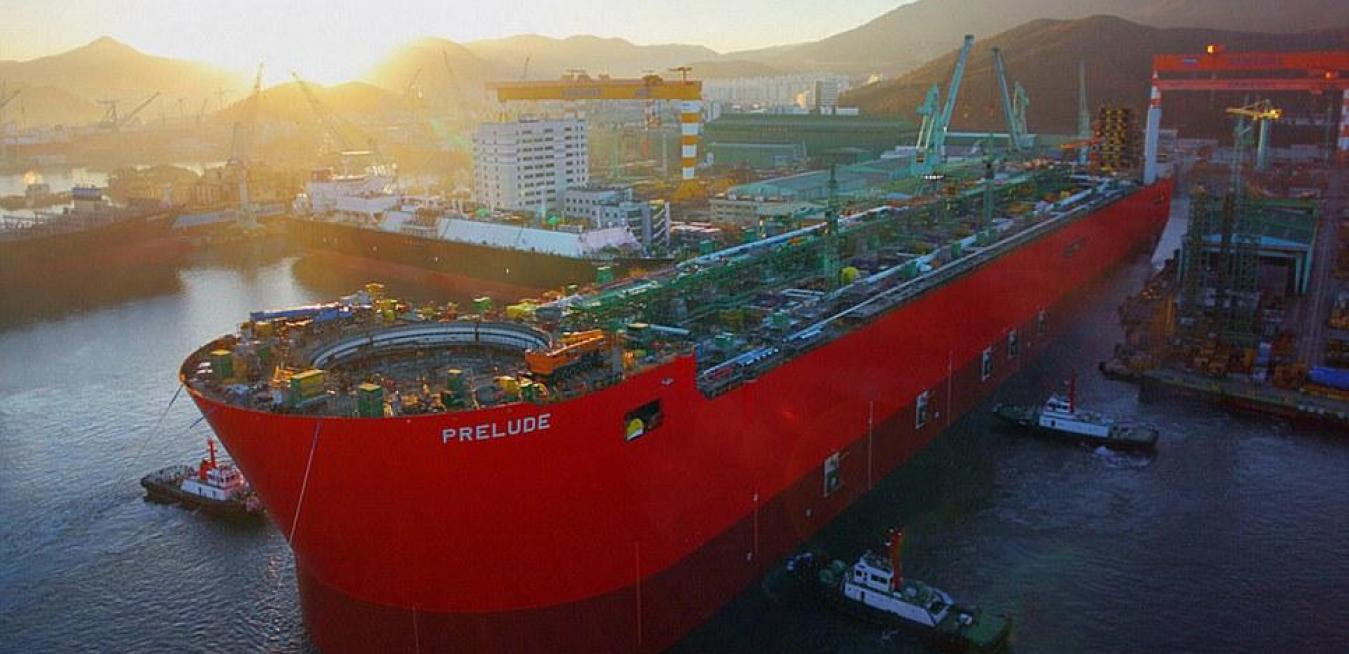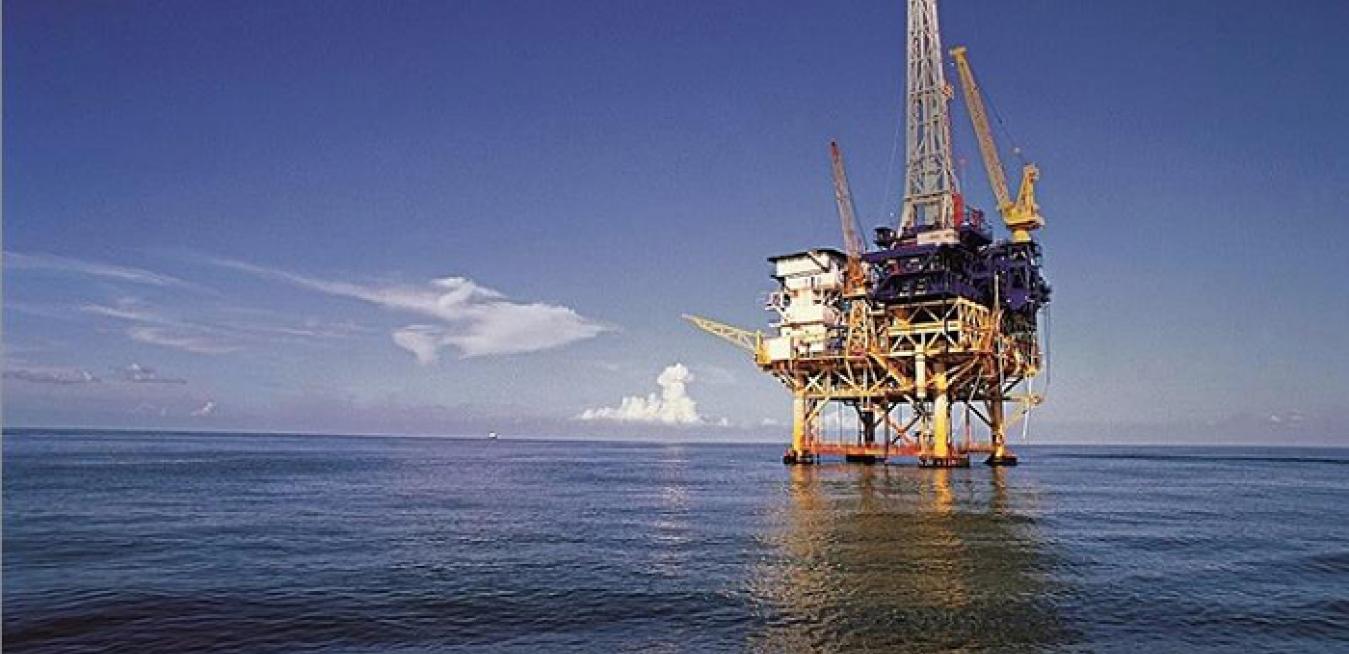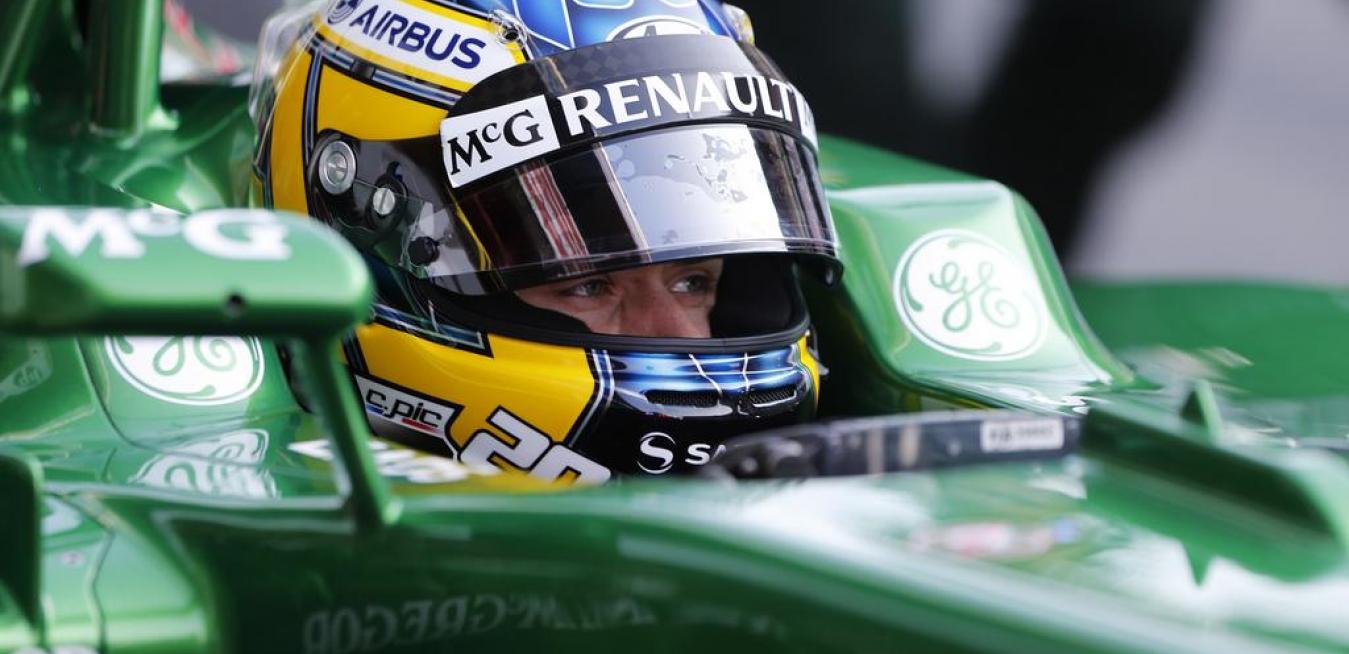Driverless transport seems poised to disrupt.
Amazon and pizza companies are conducting early tests to use airborne drones for bringing packages to customers’ doors. Google and others are building autonomous cars that don’t take sick days or get paid by the hour. Trucking analysts, meanwhile, anticipate the day when convoys of robotic semis haul freight over highways.
 From Pilbara to port – along the iron ore trail
From Pilbara to port – along the iron ore trail
In a remote basin about 200 kilometres off the coast of north-western Australia, Shell is building a floating liquefied natural gas (FLNG) plant on a scale that almost defies description. Prelude, named after the gas field where it will first operate, is set to rip up the manuals of natural gas production.
Prelude is 488 metres long and 74 metres wide, making it the biggest floating facility ever launched. If you cleared the decks it would comfortably hold four football fields back to back.
The car uses intercoolers developed in Germany, carbon fibre composites and fibre optic sensors from the United States, and big data analysis techniques developed in India.
It also has the backing of the GE Global Research team, which worked with the crew from last year to intelligently integrate these technologies.
But it’s electricity’s role in powering various other transportation applications that’s rarely discussed. The good news, though, is that the conversation is finally changing.
